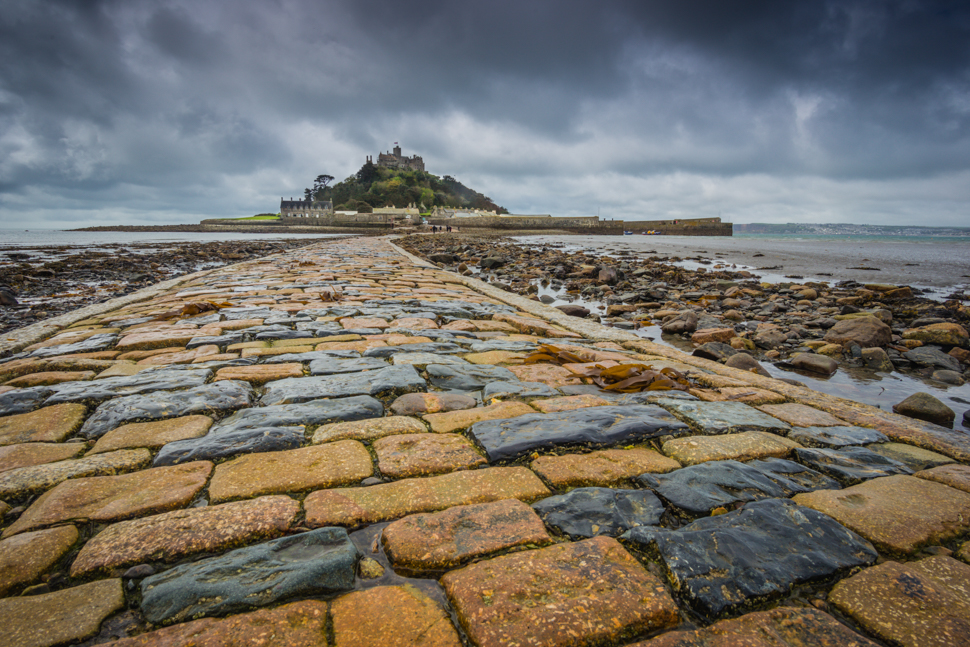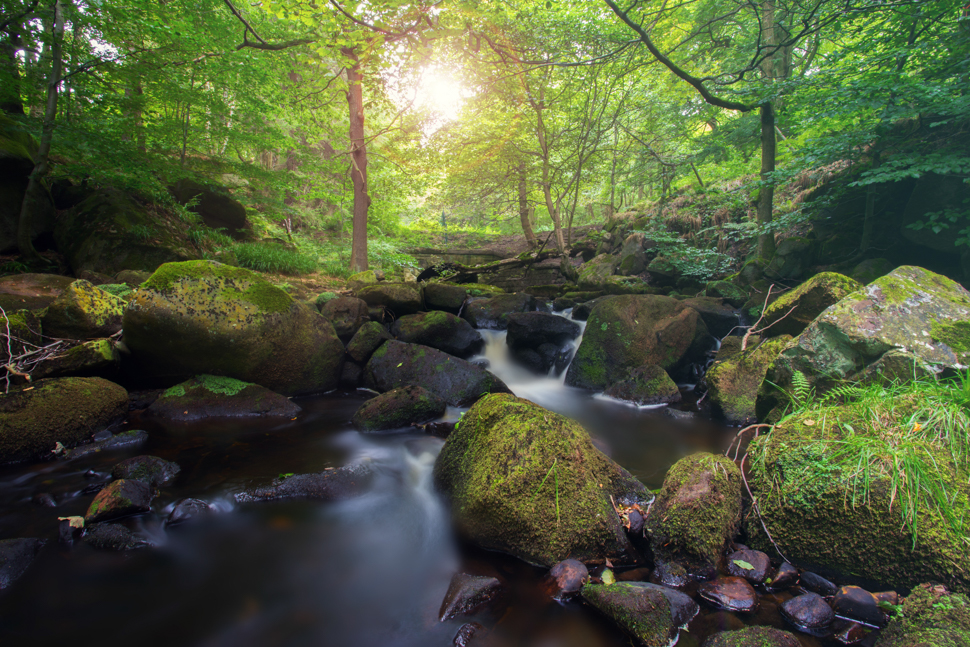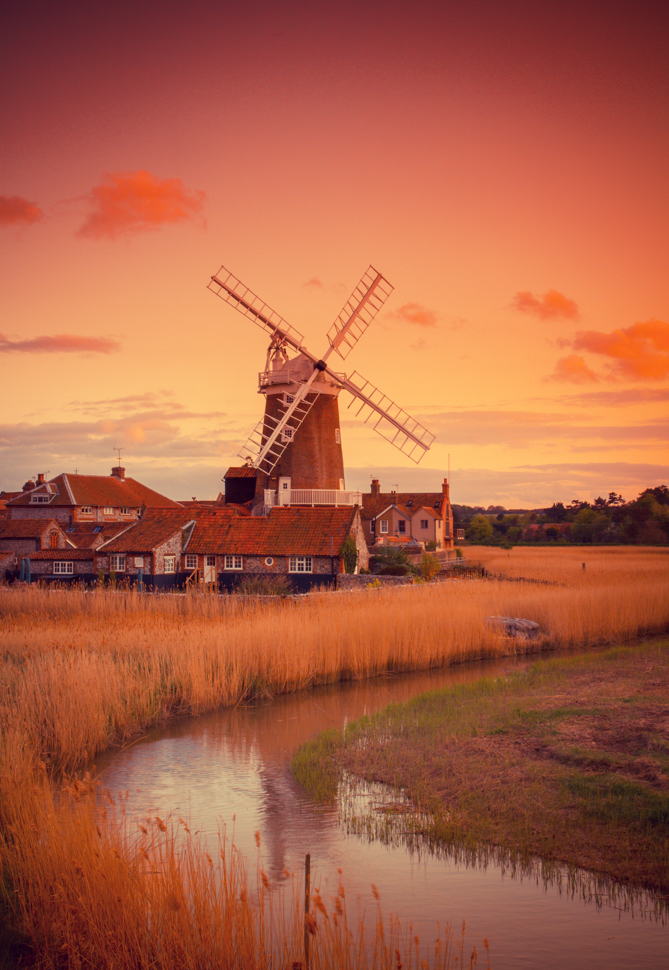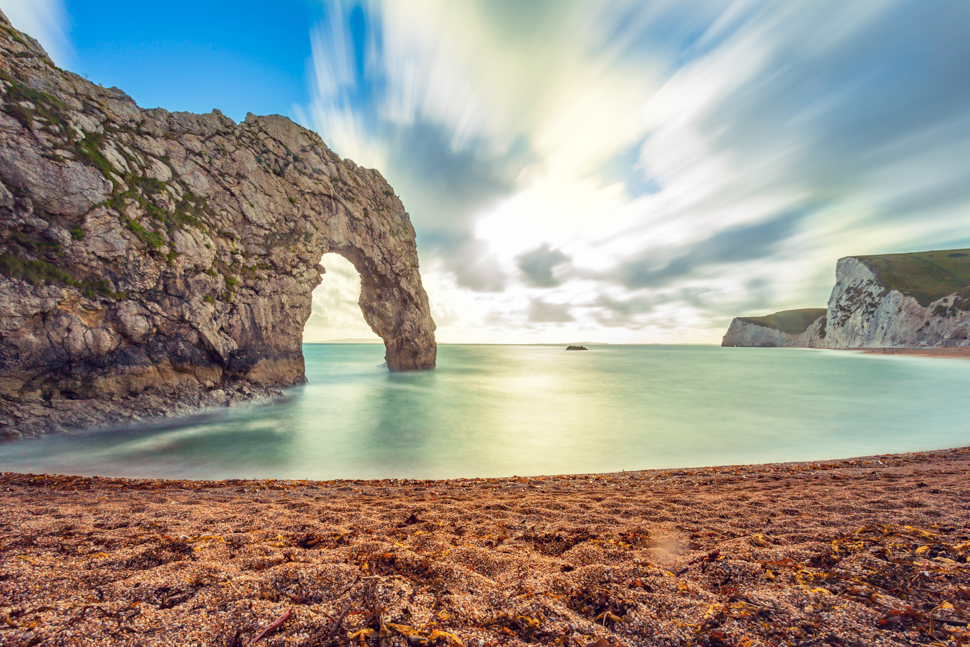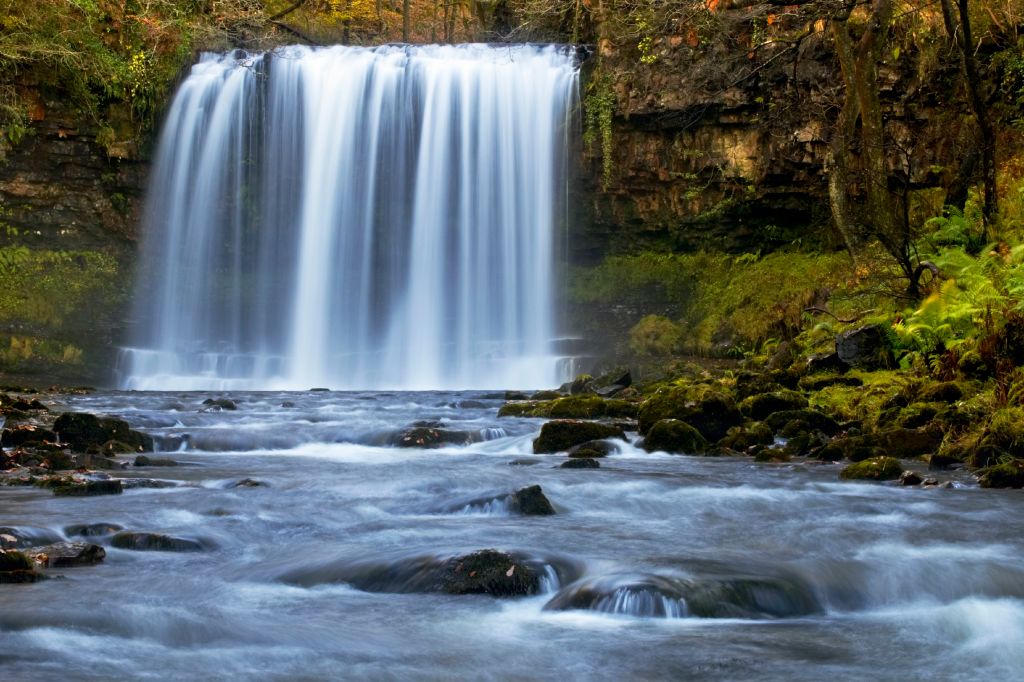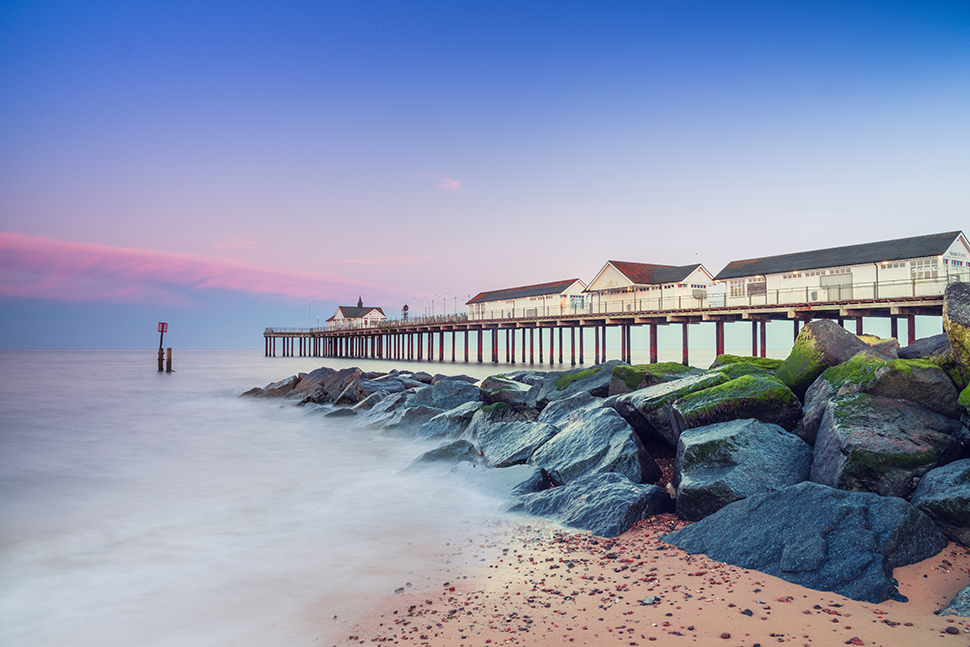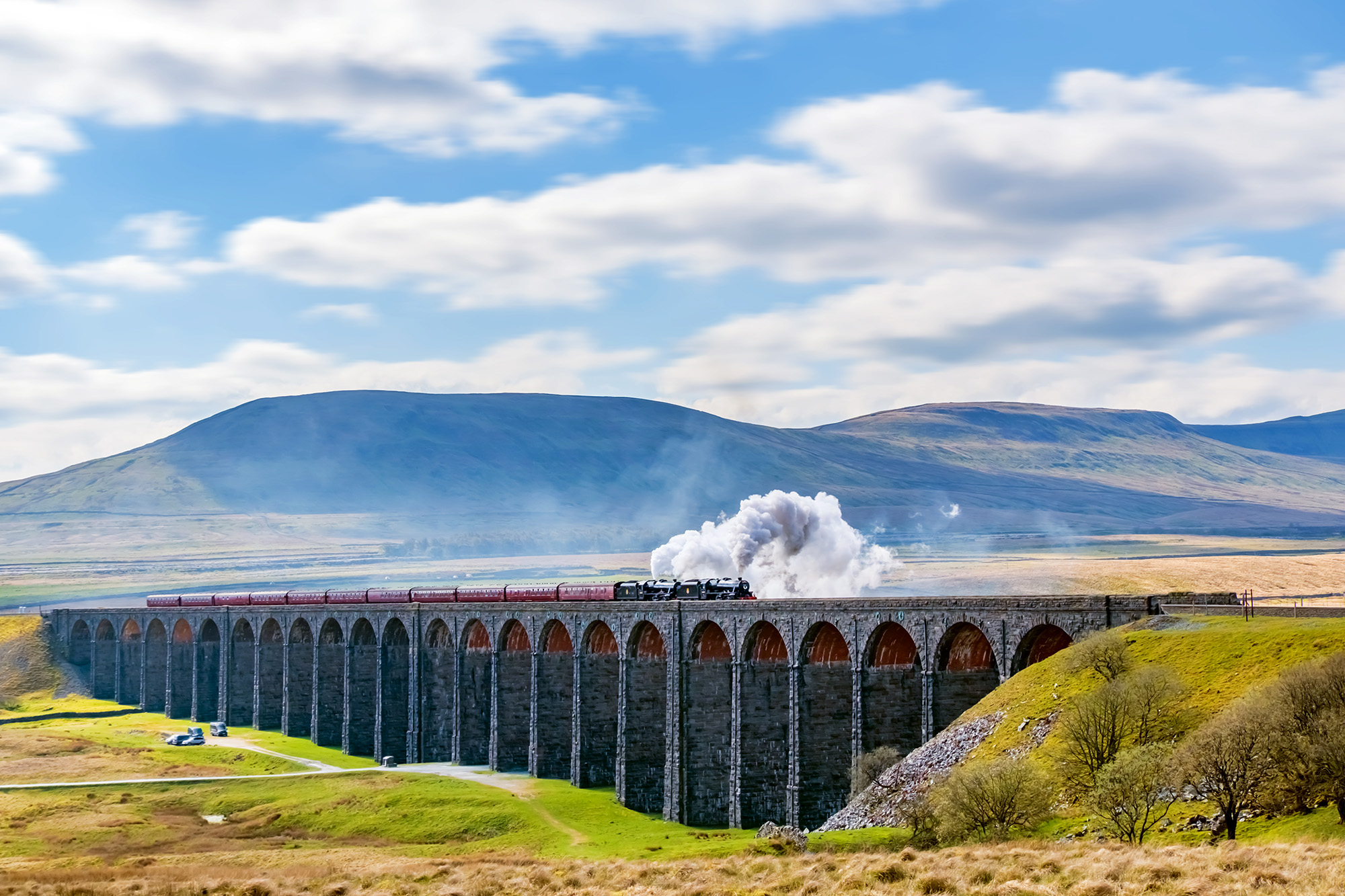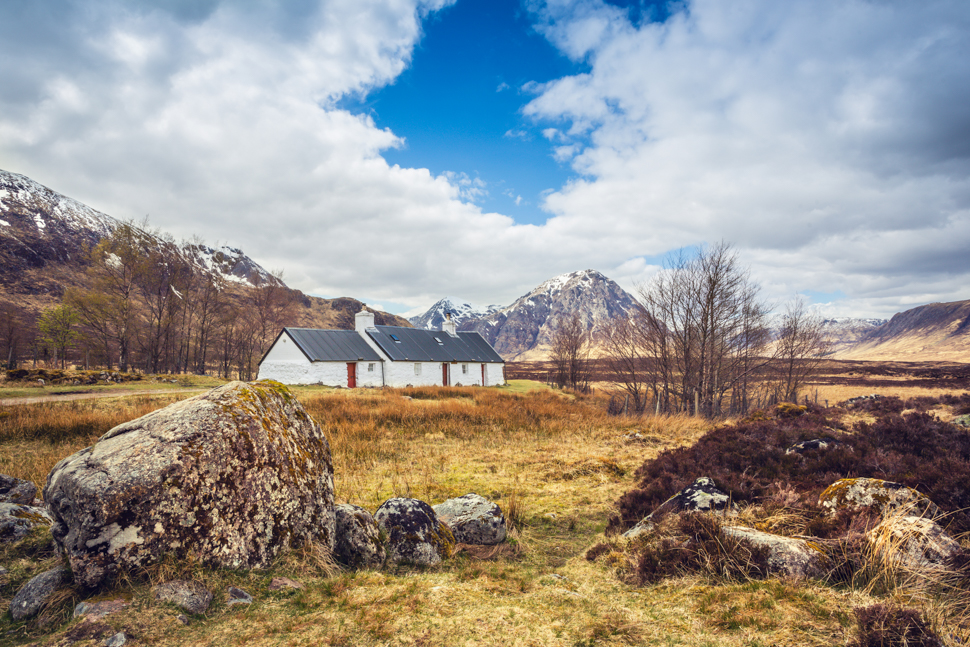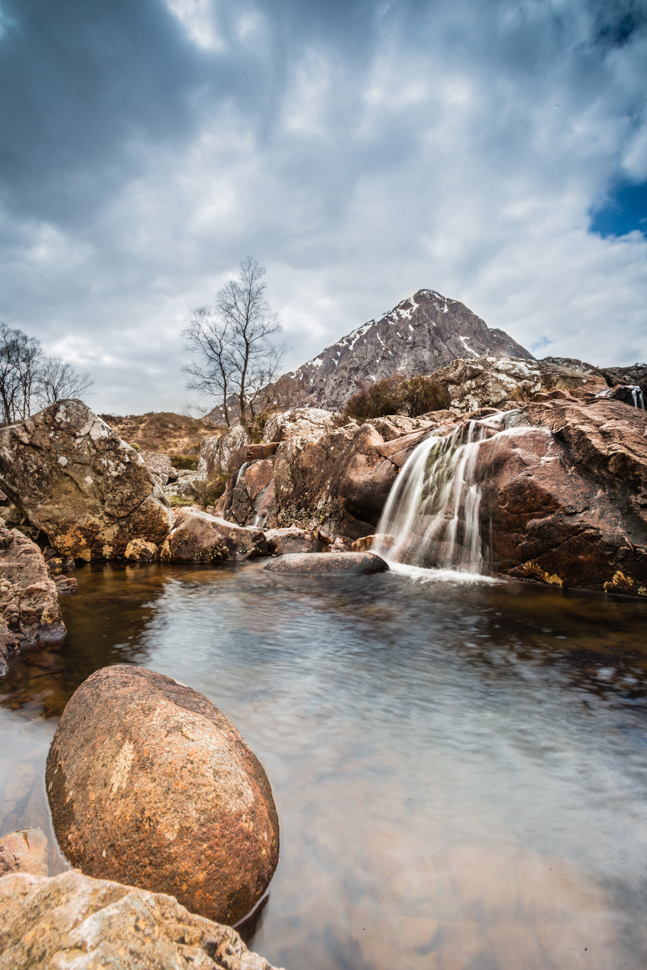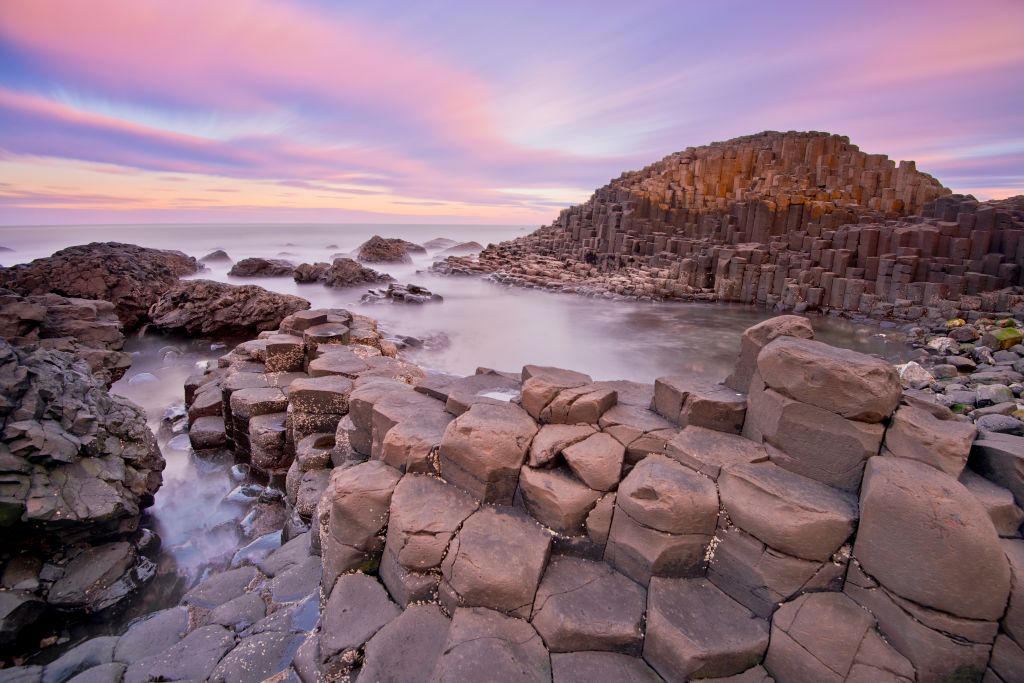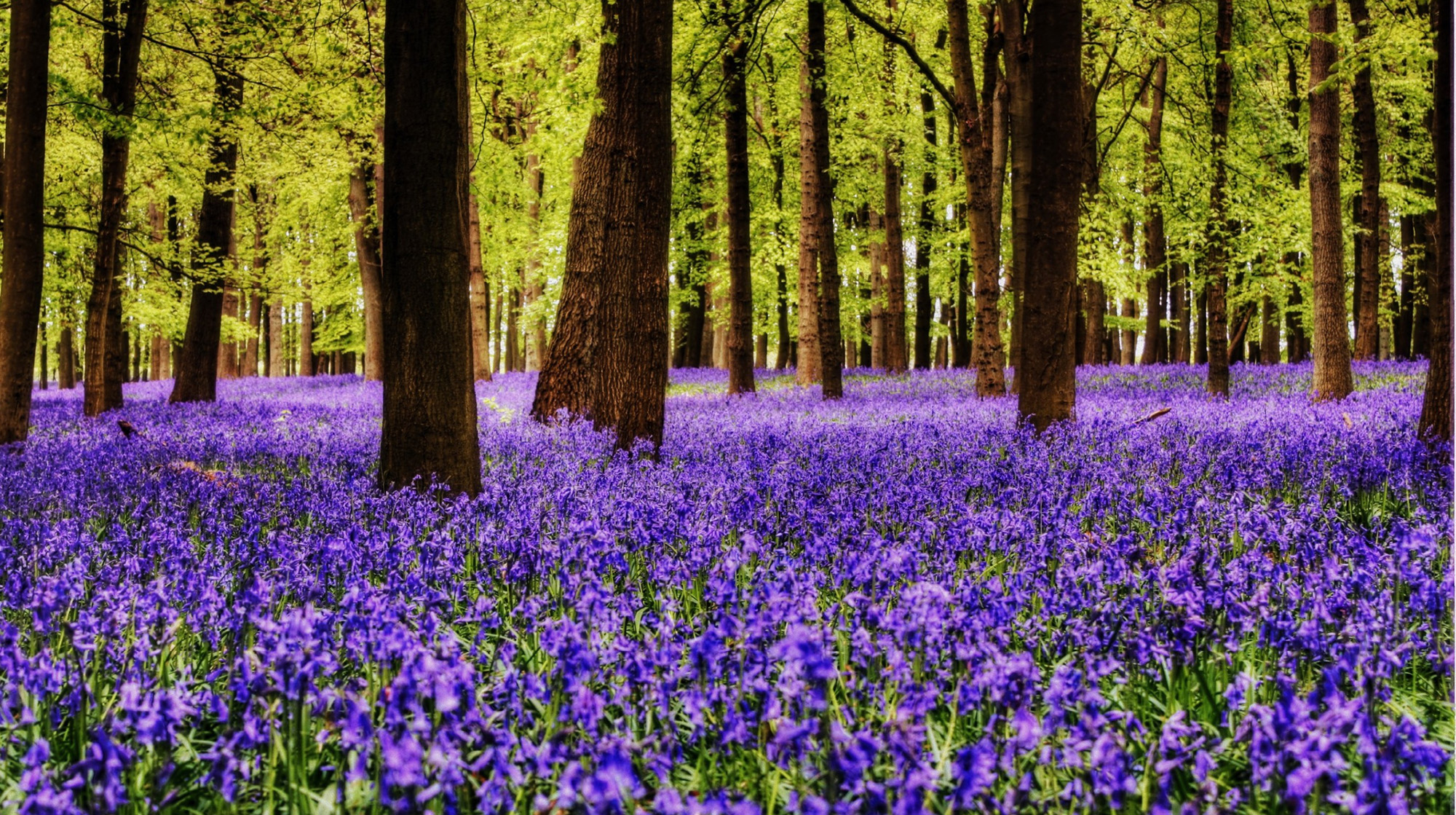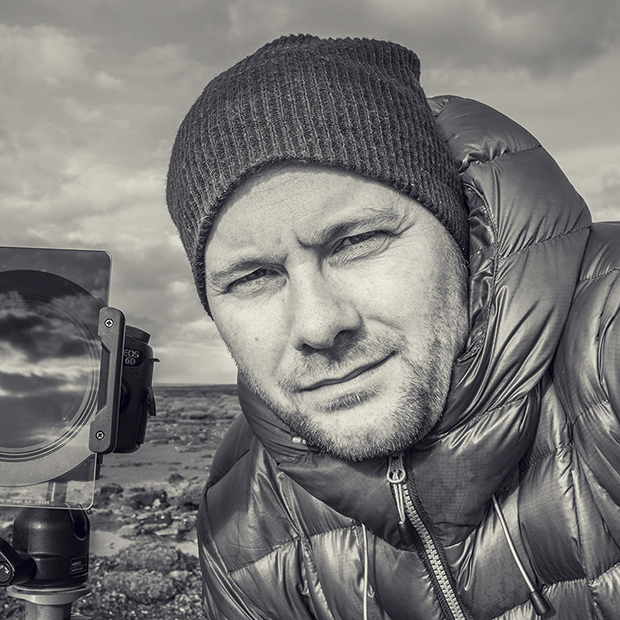The 12 best landscape locations for photographers in the UK
Whether you’re visiting the UK for the first time or are a lifelong resident, you’ll want to make sure my favorite landscape locations are on your photography bucket list
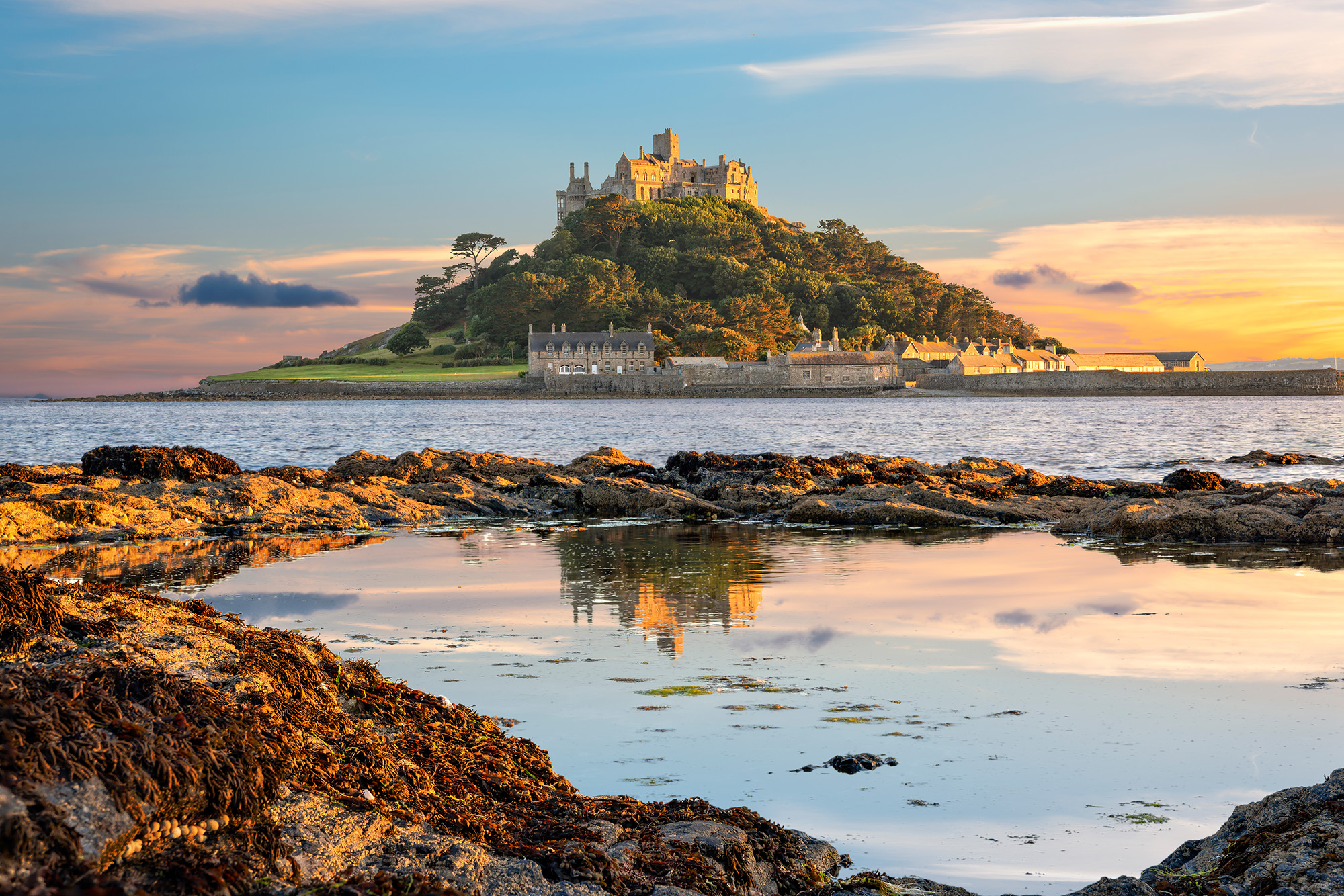
The diverse landscape of the United Kingdom is a veritable jewel for landscape photographers. From bluebell-covered woodlands and craggy coastlines to epic snow-capped mountains, you could spend a lifetime scouring the width and breadth of the country for its most photogenic rural treats, and you’d barely scratch the surface.
Landscape photographers travel far and wide to witness the rugged, wind-battered Scottish Highlands, prehistoric rock formations of southern England’s Jurassic Coast, the enchanting waterfalls of the Brecon Beacons in Wales, and the photographic smorgasbord that is Northern Ireland’s County Antrim.
If you’re visiting an area, or the UK itself, for the first time, brushing up on a few landscape photography tips isn’t the only thing you’ll need to do. Knowing exactly where to head with your camera is just as important. So, as somebody who’s travelled the width and breadth of the UK, I’m here to help you maximise your time by pointing you in the right direction.
Building a definitive list of the best landscape locations for photographers in the UK would be a nigh-on impossible task, since there are so many gorgeous sights to see, so with that in mind, here’s a curated list of my favorites.
1. Hadrian’s Wall, Northumberland
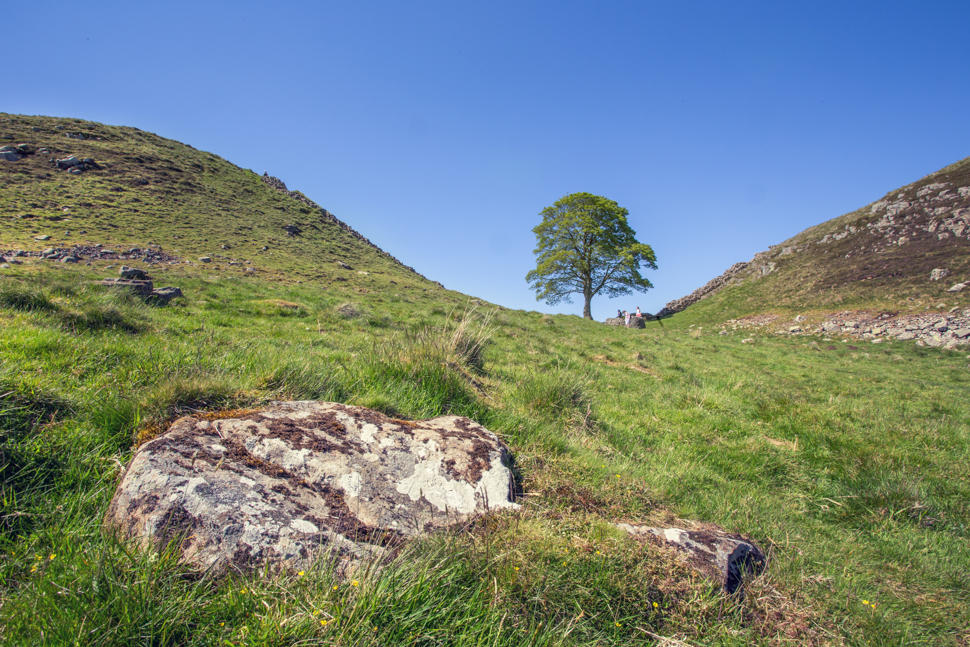
I cannot help but include Sycamore Gap, a section of Hadrian’s Wall that once housed the most famous tree in the UK, partly due to its lone placement, perfectly centred within a dip in the countryside, and partly due to its appearance in Kevin Costner’s historical adventure, Robin Hood: Prince of Thieves. Sadly, it was felled in September 2023, prompting a high-profile court case.
Sycamore Gap might no longer be the photogenic spot that it once was, but its close proximity to the Twice Brewed Inn, Roman Vindolanda Fort and Hadrian’s Wall, not to mention Dark Sky designation, makes it well worth the visit for history buffs, astrophotographers and hikers alike. The Twice Brewed Inn even has a planetarium, while Vindolanda is a museum and live excavation site. The beautiful sycamore tree might be gone, but there’s still plenty of interest in and around the area.
2. St Michael’s Mount, Cornwall
Cut off from the coastal Cornish town of Marazion by the tide for a few hours each day, St Michael’s Mount is a compositional gem. When the waters recede, a brick causeway provides a much-needed leading line to guide the viewer’s eye towards the castle.
The best camera deals, reviews, product advice, and unmissable photography news, direct to your inbox!
There’s plenty of parking nearby, but check tide times before visiting to capture the scene when the tide is out. To the east of the main causeway is a harbour, which is a good secondary shooting point for alternative foreground interest, especially if you visit when the tide is in.
3. Padley Gorge, Derbyshire
Although this gorgeous gorge looks like it’s in the middle of nowhere, it’s actually easy to reach and requires just a five-minute walk from a parking spot in the village of Grindleford. Better still, there’s a cafe at the entrance to the trail leading up to the gorge.
A slow shutter speed will turn the waters into a milky blur and, if you visit during the autumn, the falling leaves in the water will add an extra dimension to the image. Make sure to pack wellies too, so you can stand in the stream and shoot low down.
4. Cley Windmill, Norfolk
The picturesque windmill, which is now a bed and breakfast, stands tall over the flat village of Cley, close to the Norfolk coast. A little waterway runs right past the windmill and makes for an excellent leading line, perhaps with some of the upturned boats used as foreground interest for good measure.
Alternatively, walk onto the raised flood defences a short distance away, and this will provide you with a wider, elevated viewpoint. Visiting on a windy day? You can use a slightly slower shutter speed to capture the blur of the swaying reeds in the breeze.
5. Durdle Door, Dorset
Located on the Dorset coast, Durdle Door is one of the most popular photographic locations in the UK.
After parking at the Lulworth Estate car park (take change!), it’s a ten minute walk down to the arch, though getting back up takes longer due to the incline.
Many photographers prefer to shoot from the cliffs, but getting down to the beach can pay off, as you can use the shingle as foreground interest.
It’s always busy here, so if there are people in the frame, take multiple images and overlay them in post processing to erase unwanted subjects.
6. Sgwd yr Eira waterfall, Brecon Beacons
There are plenty of beautiful waterfalls in the UK, with many residing in Wales. Sgwd yr Eira stands out for several reasons. Its wide and relatively tall spread of falling water makes for a prominent subject. Surrounding vegetation can be used to frame the waterfall, while rocks further downriver provide excellent foreground interest. And finally, its close proximity to three other waterfalls, hence it being part of the Four Waterfalls Walk.
The walk is a roughly five-mile round trip, meaning it can be comfortably traversed in a day. However, its popularity does mean that you may wish to avoid weekends and holidays to reduce crowds. As with any waterfall, you’ll experience different results depending on the abundance of water. I'd therefore recommend visiting in autumn or spring, or after heavy rainfall. Such is the popularity of the walk, you’ll find three well-positioned car parks: Cwm Porth and Gwaun Hepste in the north and the smaller Comin y Rhos in the south.
7. Southwold Pier, Suffolk
Though the bigger Cromer Pier, 60 miles up the road in Norfolk, often gets more coverage, Southwold’s pier is a Suffolk gem – and arguably more picturesque, too. You can park right next to the pier, and you'll find you're spoilt for compositions.
After shooting the colourful beach huts, you could set up to include one of the rocky groynes on the north side, or you could choose to set up on the south side of the pier and capture the lights illuminating the boardwalk when dusk falls. A third option would be to head to the end of the pier and shoot back towards the town, as this view would also include the famous Southwold lighthouse.
8. Ribblehead Viaduct, North Yorkshire
One of the best examples of industry juxtaposed against the landscape, the viaduct (which dates from 1874 for all you history buffs) spans 400 metres over the Ribble valley. Photographers can choose to drop their car off at the nearby car park, or alight at Ribblehead train station, which is on the Settle-Carlisle line. The walking track makes for an interesting wavy leading line, but other photographers choose to backlit the viaduct to throw it into silhouette.
9. Blackrock Cottage, Scottish Highlands
This desolate cottage, dwarfed by the mountains in the background, has a rather surprising neighbour. Just a two-minute walk to the left of the cottage is Glencoe Mountain Centre, which means there’s plenty of parking and somewhere to grab refreshments.
This scene always benefits from an ND grad filter to balance the foreground and sky and, on a windy day, to capture a hint of movement in the passing clouds. The location is very easy to find: simply head north on the A82 (pretending you’re James Bond from Skyfall) and you’ll see the cottage and mountain centre on your left.
10. Buachaille Etive Mòr, Scottish Highlands
Bizarrely, two of Scotland’s best photo locations are within a five-minute drive of each other. Although the epic view of Buachaille looks like you’d have to hike into the moor for miles, it’s also just two minutes from the A82 and five minutes north of Blackrock Cottage. There’s a small parking area, and the waterfalls are a 30-second walk from there.
Taking up a low viewpoint will make more of the little waterfalls, and an ND filter will blur the flowing water too. Ideally, visit when there’s snow capping the mountain for extra atmosphere. There's a bunkhouse just five minutes away, should you wish to stay and explore the area.
11. Giant’s Causeway, County Antrim
They say the best things in life are free, but use of the Giant’s Causeway National Trust facilities will actually cost money, so check the website for the tariff. That said, pedestrian access is free and the view is certainly worth any parking charge. Located in Country Antrim, on the north coast of Northern Ireland, the steps are actually interlocking hexagonal columns of basalt rock.
Full of texture and tone, the location is ideal for experimenting with black and white, and although shooting in RAW is the best approach, setting your camera’s Picture Style or Art Filter to black and white can give you an idea of how the scene will look without colour.
12. Bluebells at Ashridge Estate, Hertfordshire
In April and May, many of the UK’s woodlands are covered in thick blankets of bluebells. There are stunning bluebell woods all throughout the country, but Ashridge Estate is known for its crop, and with its relatively close proximity to London, it’s an option for those visiting the capital. It’s also situated within the Chilterns, an Area of Outstanding Natural Beauty, so there are plenty of photo opportunities beyond the grounds.
Just make sure that the National Trust estate still permits tripods before visiting. And, wherever you’re photographing bluebells, remember to use marked footpaths only. You should never step on wildflowers. If you trample a bluebell, it can take years for the plant to recover.
National Trust estates can get very busy, so make sure you visit during weekdays when crowds are likely to be thinner. It’s also worth noting that opening times may impede your chances of capturing the best light. If you’re intent on photographing your best bluebell images ever, see if you can find a local woodland that you can reach earlier in the morning, during soft golden light.
You might also like...
Thinking of upgrading your kit? Here are the best cameras for landscape photography. Don't let excuses keep you from heading out in less-than-ideal weather. Here's why dull lighting won’t stop me from capturing landscapes. And here's a funny little anecdote: a sheep photobombed my landscape photo and made it even better!
Matty has worked for a number of photographic magazines including Professional Photo, Digital Photo and Digital SLR magazine. He is an accomplished car and lanadscape photographer, who runs his own video production and content creation business in Lincolnshire.
- Mike HarrisHow To Editor
You must confirm your public display name before commenting
Please logout and then login again, you will then be prompted to enter your display name.
